A cloud gathered over Maserati after the disaster in Caracas at the end of the 1957 sports car racing season that destroyed Maserati’s team of 450S sports-racers and denied them the manufacturers’ championship. Maserati’s long factory racing history ended under the Caracas cloud, but the cloud also had a silver lining. The monster 4-cam 450S V8 engine became the basis for the incomparable 5000 GT. These exclusive, beautiful, luxurious and powerful automobiles demonstrated the V8’s adaptability and paved the way for the V8-powered Ghibli and Bora which kept the wheels of commerce turning at Maserati for nearly two decades. The 5000 GT was first built as a pair of one-offs based on the 450S engine and Maserati’s robust GT chassis. The production Maserati 5000 GT was first shown at the 1959 Turin Show and total output of first and second series was just 32 examples, with the peaky race engine revised for true gran turismo use. The bore shrank and the stroke grew to give better torque. Gear cam drive was replaced by reliable – but more importantly quiet – chains. With 4,941cc displacement the 5000 GT was now a true 5-litre machine, with refinement, torque and power to meet the demanding expectations of its selective clientele. It was capable of surpassing 165mph. The brochure prepared by Officine Alfieri Maserati described the 5000 GT as having:“power and flexibility… speed and safety… beauty and comfort.” It concluded, “dissonance is transformed into harmony in the Maserati 5000 GT”. Maserati understood both its product and the market for the magnificent 5000 GT. The 5000 GT’s potential clients were well-acquainted with dissonance. In business, politics, society and government they were the leaders who faced constant turmoil, publicity and decisions. To them, the 5000 GT offered escape, if only for a few hours on the highway, into the harmony of a powerful, fast, comfortable and distinctive automobile that would transport them from their everyday concerns and insulate them from the pressures of their responsibilities. The 5000 GT was an exclusive island of retreat. Only three Maserati 5000 GTs were bodied by Pietro Frua. Each was distinctively different, including AM103.060, the outstanding example offered here. Built to the order of the Prince Karim Aga Khan, spiritual leader of the Ismailis, it is characterized by its tall greenhouse and abundant glass area. In profile the long nose and peak of the wings tapers gently back to the end of the door, then rises again to an abbreviated replica of the front bumpers shape. Frua’s grille is partially split into two oval shapes, complemented by pleasingly symmetrical use of oval headlights and parking lights that gives the nose an harmonious balance yet creates an absolutely distinctive presence. Ordered on 24th May, 1962 by Parisian Maserati importer Ets. Thepenier for Prince Karim, chassis ‘060’ was delivered on 8th August, 1962. Painted a haunting color called Savidin Penombra (‘dusk’) which awed onlookers at the Paris Show with its purple and pink highlights in changing lighting, Frua’s stylish creation featured a superbly appointed interior trimmed in light beige Connolly leather. The dashboard is lavishly accented in chrome with the 300kph speedometer in the centre of the dashboard where it will be most effective in impressing passengers. Tucked into the dashboard in front of the passenger is the unusual accoutrement of a 45rpm record player! The unique 5000 GT steering wheel is finely crafted with a wood rim and spokes in the trident motif. The car’s specification also includes a limited slip differential and Borrani wire wheels. Curiously, all three 5000 GTs bodied by Frua have an Aga Khan connection. The first two were built for the Aga Khan (the other, chassis 048/064, was loaned to him but sold to a mysterious firm in Rome and later to Prince Saud, and was auctioned by Bonhams as a ‘barn find’ for £222,000 in May 2000) and the last, chassis 100, was built in 1965 with a regul
A cloud gathered over Maserati after the disaster in Caracas at the end of the 1957 sports car racing season that destroyed Maserati’s team of 450S sports-racers and denied them the manufacturers’ championship. Maserati’s long factory racing history ended under the Caracas cloud, but the cloud also had a silver lining. The monster 4-cam 450S V8 engine became the basis for the incomparable 5000 GT. These exclusive, beautiful, luxurious and powerful automobiles demonstrated the V8’s adaptability and paved the way for the V8-powered Ghibli and Bora which kept the wheels of commerce turning at Maserati for nearly two decades. The 5000 GT was first built as a pair of one-offs based on the 450S engine and Maserati’s robust GT chassis. The production Maserati 5000 GT was first shown at the 1959 Turin Show and total output of first and second series was just 32 examples, with the peaky race engine revised for true gran turismo use. The bore shrank and the stroke grew to give better torque. Gear cam drive was replaced by reliable – but more importantly quiet – chains. With 4,941cc displacement the 5000 GT was now a true 5-litre machine, with refinement, torque and power to meet the demanding expectations of its selective clientele. It was capable of surpassing 165mph. The brochure prepared by Officine Alfieri Maserati described the 5000 GT as having:“power and flexibility… speed and safety… beauty and comfort.” It concluded, “dissonance is transformed into harmony in the Maserati 5000 GT”. Maserati understood both its product and the market for the magnificent 5000 GT. The 5000 GT’s potential clients were well-acquainted with dissonance. In business, politics, society and government they were the leaders who faced constant turmoil, publicity and decisions. To them, the 5000 GT offered escape, if only for a few hours on the highway, into the harmony of a powerful, fast, comfortable and distinctive automobile that would transport them from their everyday concerns and insulate them from the pressures of their responsibilities. The 5000 GT was an exclusive island of retreat. Only three Maserati 5000 GTs were bodied by Pietro Frua. Each was distinctively different, including AM103.060, the outstanding example offered here. Built to the order of the Prince Karim Aga Khan, spiritual leader of the Ismailis, it is characterized by its tall greenhouse and abundant glass area. In profile the long nose and peak of the wings tapers gently back to the end of the door, then rises again to an abbreviated replica of the front bumpers shape. Frua’s grille is partially split into two oval shapes, complemented by pleasingly symmetrical use of oval headlights and parking lights that gives the nose an harmonious balance yet creates an absolutely distinctive presence. Ordered on 24th May, 1962 by Parisian Maserati importer Ets. Thepenier for Prince Karim, chassis ‘060’ was delivered on 8th August, 1962. Painted a haunting color called Savidin Penombra (‘dusk’) which awed onlookers at the Paris Show with its purple and pink highlights in changing lighting, Frua’s stylish creation featured a superbly appointed interior trimmed in light beige Connolly leather. The dashboard is lavishly accented in chrome with the 300kph speedometer in the centre of the dashboard where it will be most effective in impressing passengers. Tucked into the dashboard in front of the passenger is the unusual accoutrement of a 45rpm record player! The unique 5000 GT steering wheel is finely crafted with a wood rim and spokes in the trident motif. The car’s specification also includes a limited slip differential and Borrani wire wheels. Curiously, all three 5000 GTs bodied by Frua have an Aga Khan connection. The first two were built for the Aga Khan (the other, chassis 048/064, was loaned to him but sold to a mysterious firm in Rome and later to Prince Saud, and was auctioned by Bonhams as a ‘barn find’ for £222,000 in May 2000) and the last, chassis 100, was built in 1965 with a regul
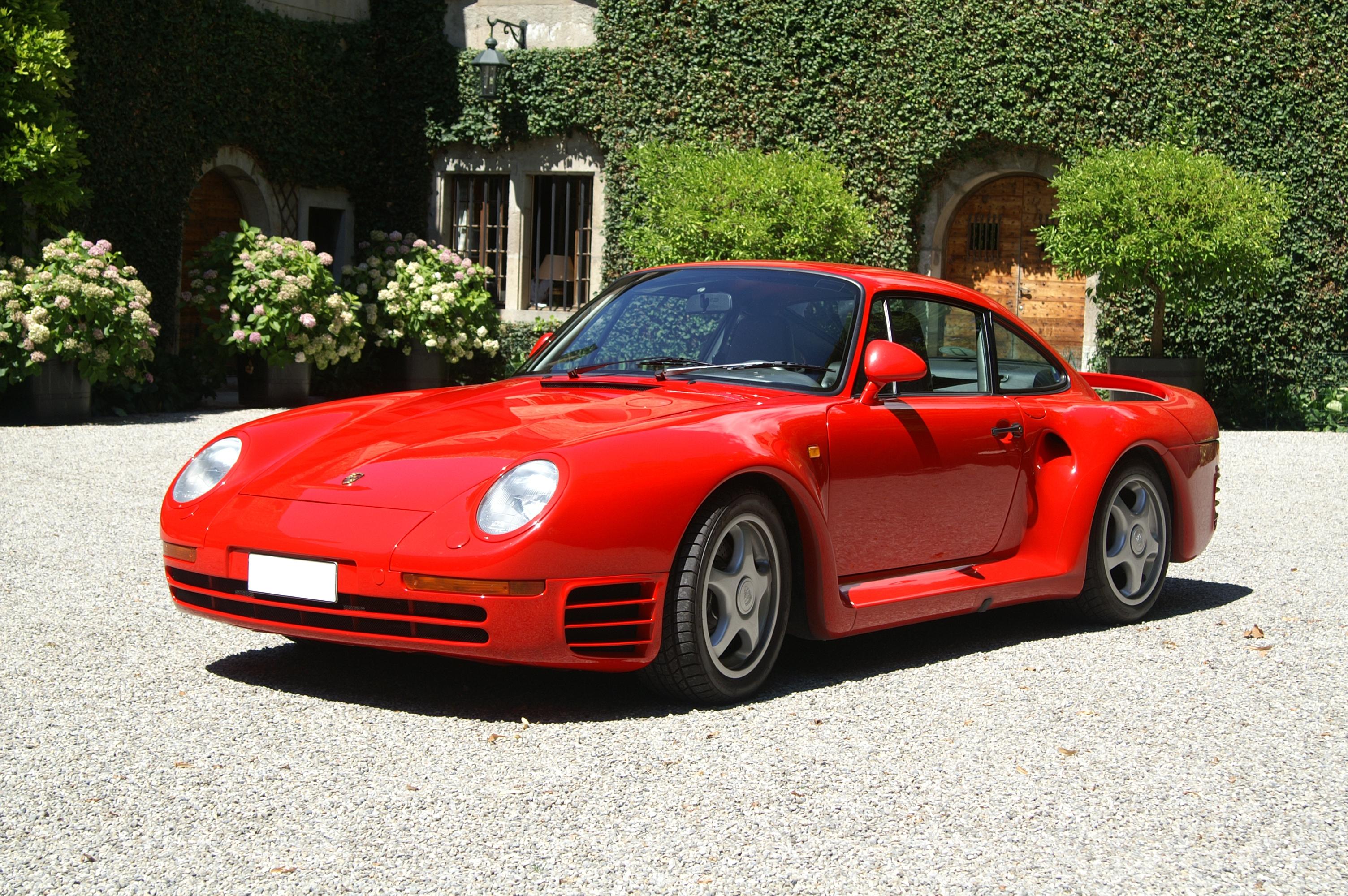


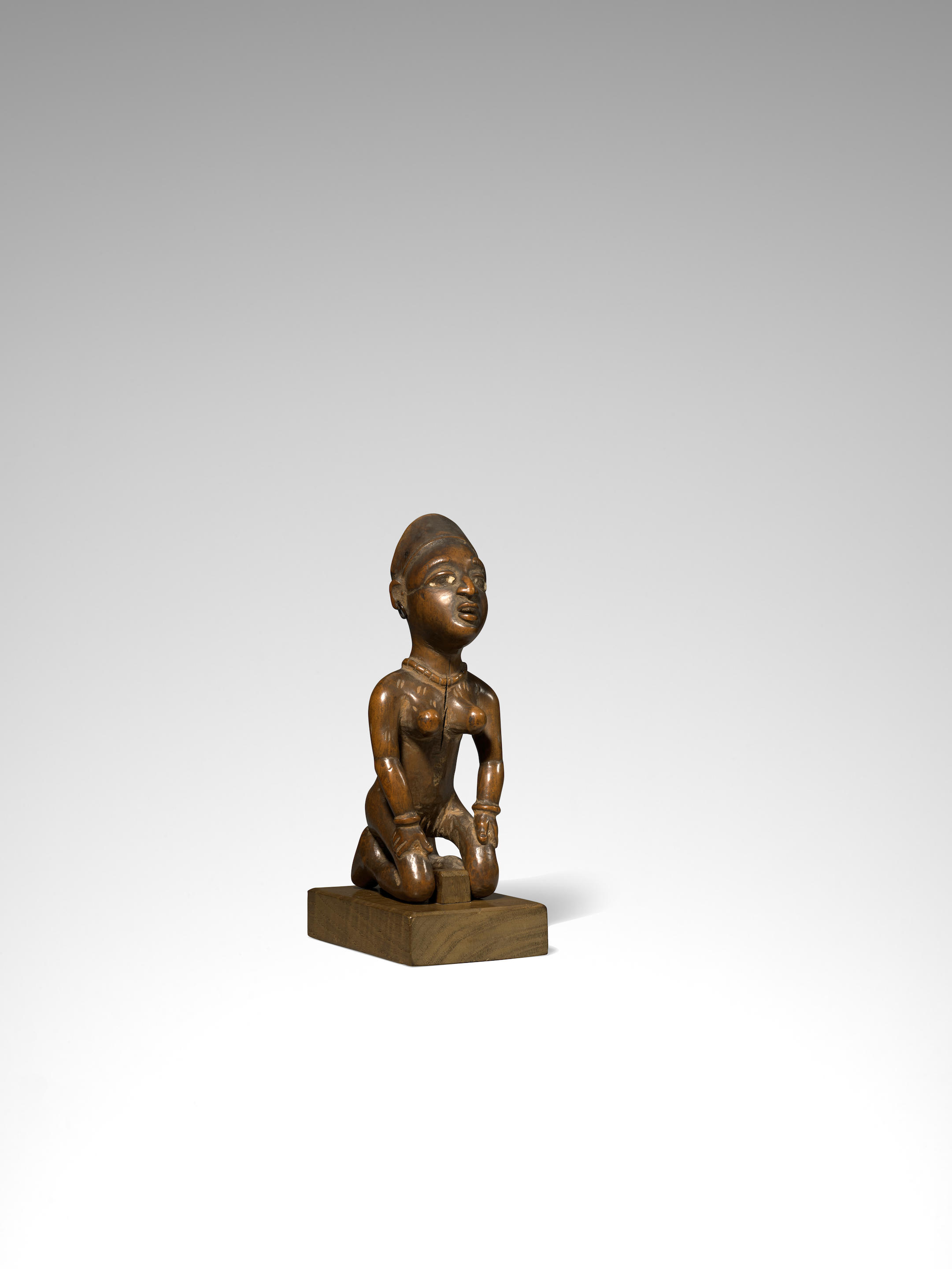
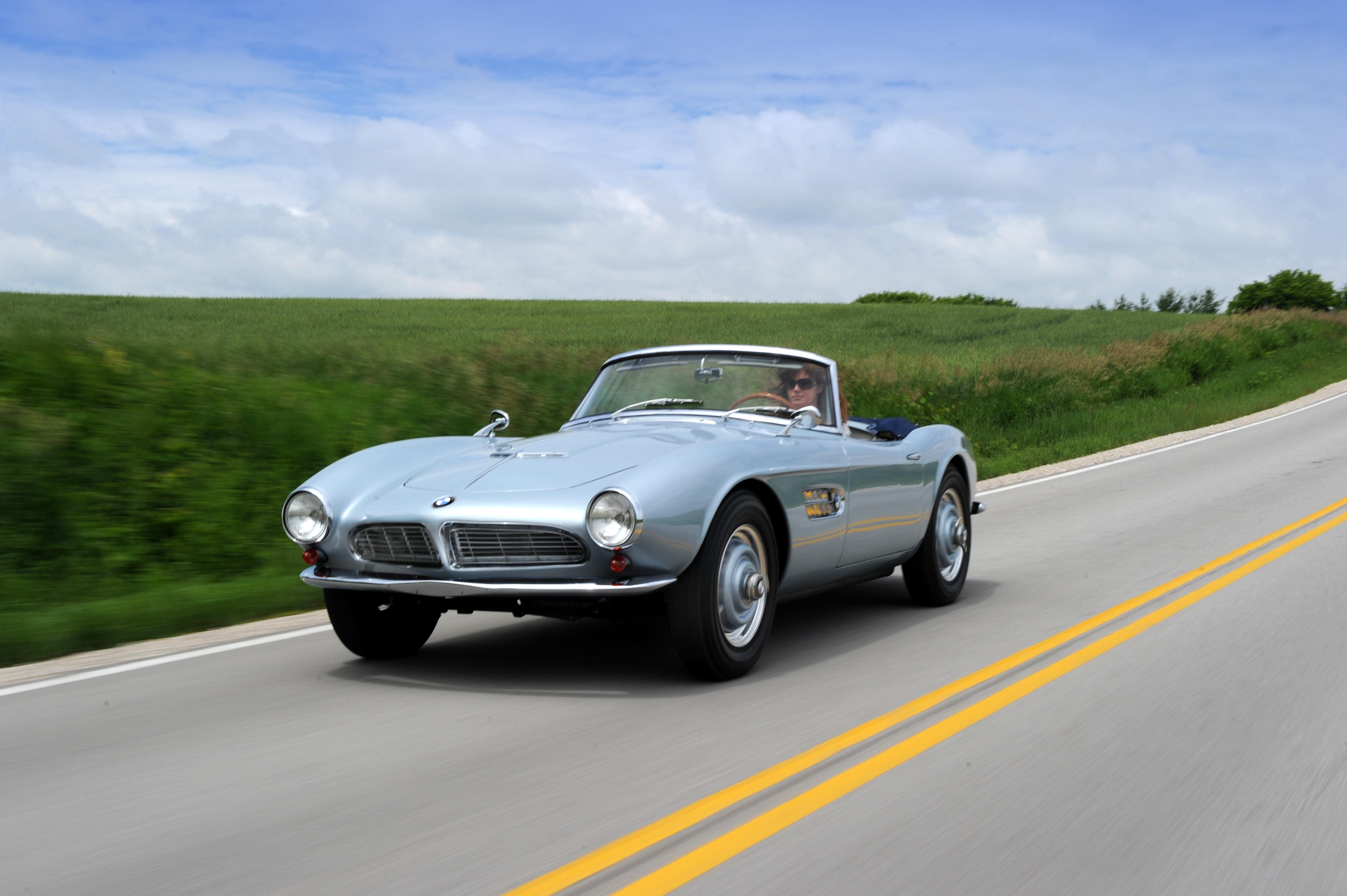

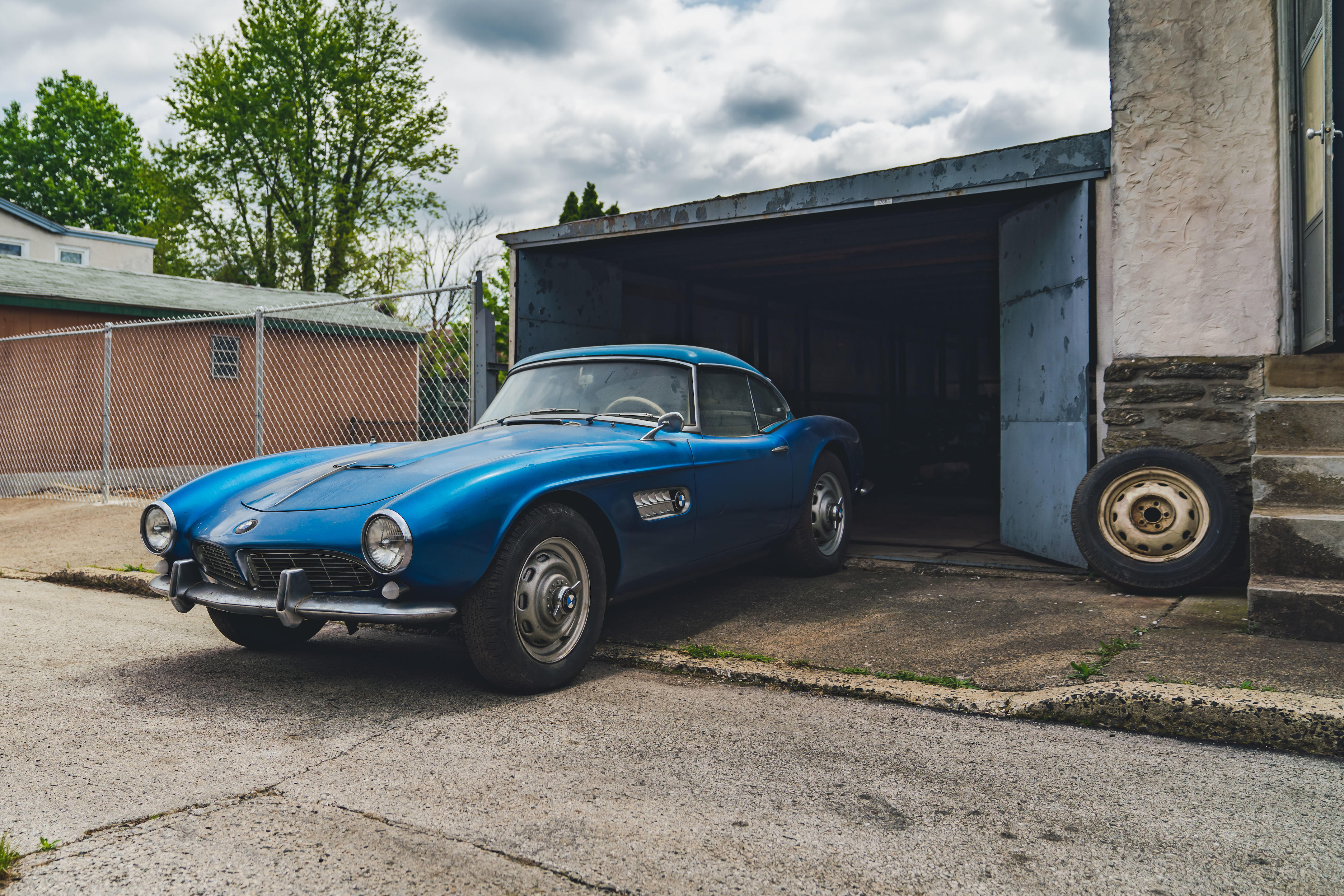
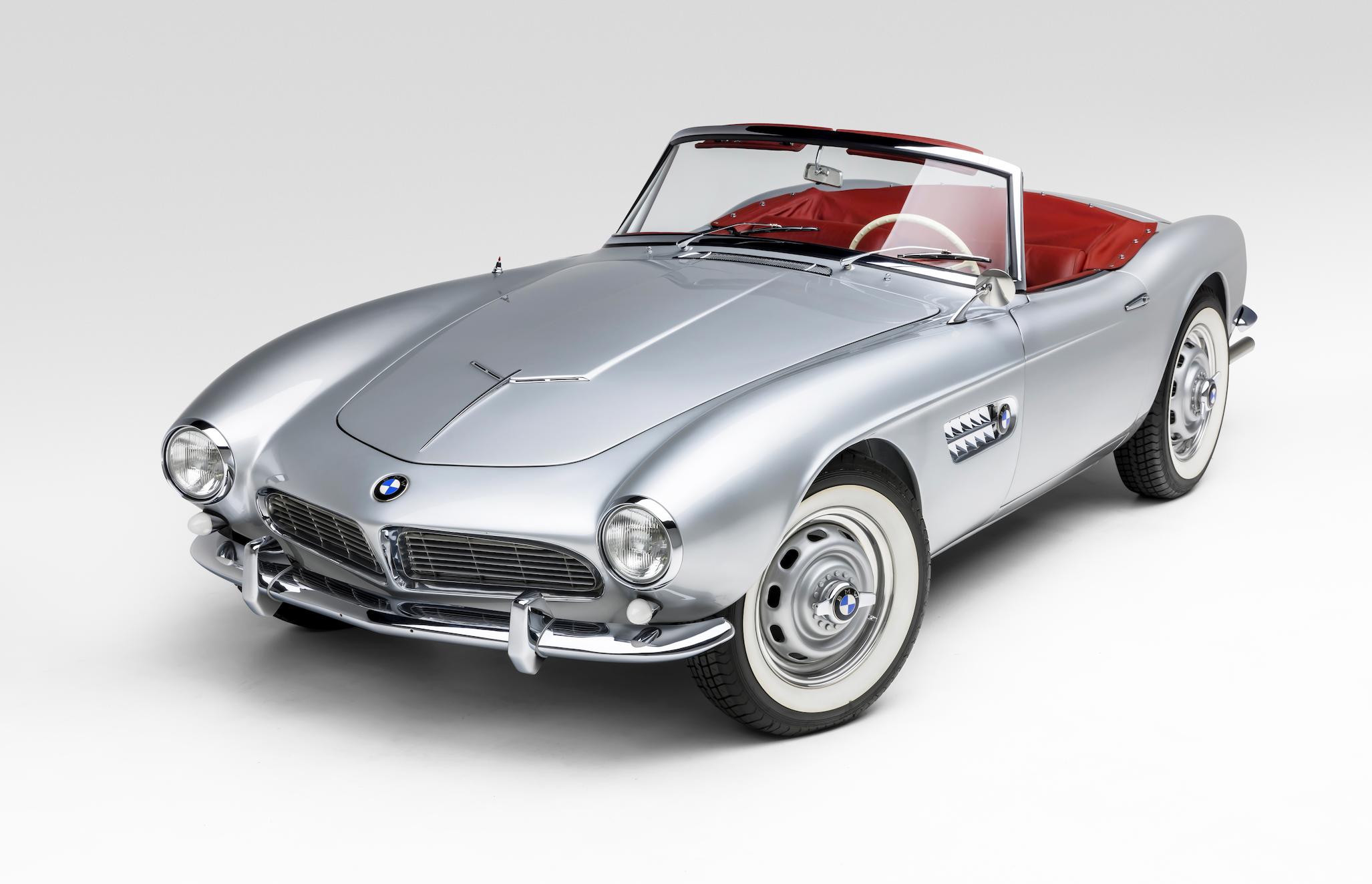


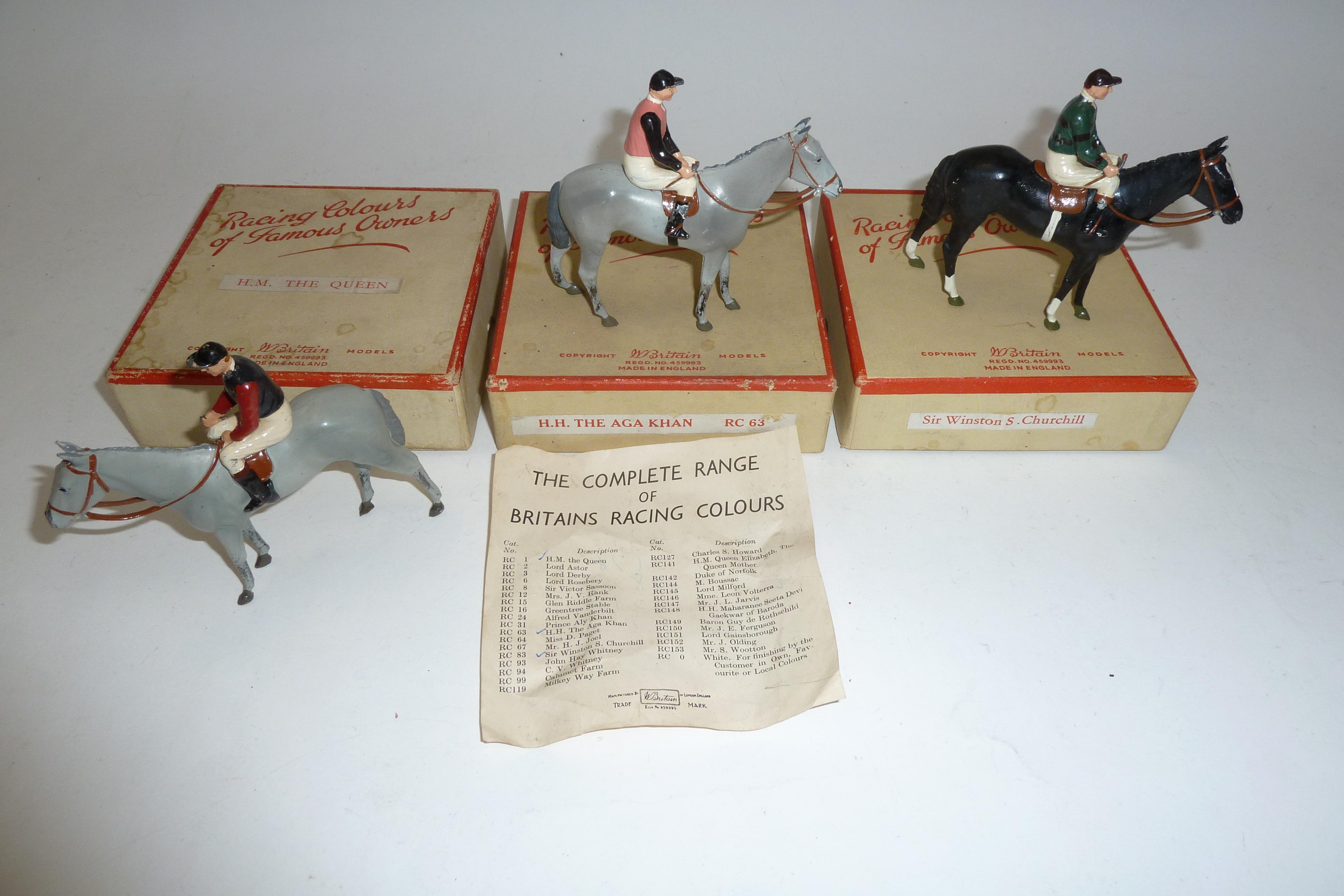


Testen Sie LotSearch und seine Premium-Features 7 Tage - ohne Kosten!
Lassen Sie sich automatisch über neue Objekte in kommenden Auktionen benachrichtigen.
Suchauftrag anlegen